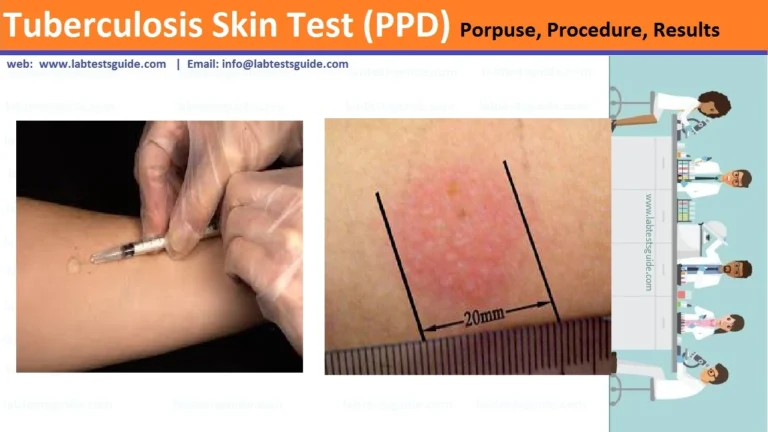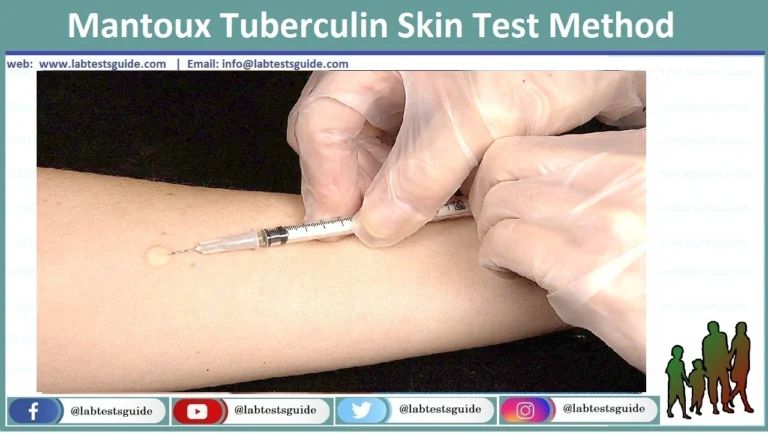Dengue!!! Even the name scares us all, and why not? The symptoms of the diseases are harmful in their own way and in some cases, they can also be serious and life-threatening if left untreated. Dengue is a viral infection caused by the bite of an infected Aedes mosquito. The symptoms of the disease can range from mild to severe and even worsen if not treated at the right time. Therefore, early detection with dengue testing is essential to detect the problem early before it worsens. The presence of NS1 antigen in the blood is the first indicator of dengue virus and is detected by the dengue test. The Dengue NS1 Antigen Elisa test is a blood test that looks for antigens in the blood of people suspected of being infected with the dengue virus. Being a rapid, reliable and reasonable test, the dengue test, along with other tests, captures the dengue virus early and helps doctors initiate treatment to prevent the progression of the disease to a severe and complicated stage. .
| Also Known As | Dengue antigen test, NS1 test, Dengue NS1 Antigen test |
| Purpose | Detect the presence of the dengue virus early & helps monitor & manage it |
| Preparation | Do not take any over-the-counter medicine without confirming with your doctor |
| Fasting | No Fasting Required |

| Test Name | NS1 Antigen Test | IgM Antibody Test | IgG Antibody Test |
| Purpose | Early diagnosis of dengue infection | Detect recent dengue infection | Detect past dengue infection |
| Sample | Blood | Blood | Blood |
| Preparation | Fasting not required | Fasting not required | Fasting not required |
| Result value | Positive/Negative | Positive/Negative | Positive/Negative |
| Normal Value | Negative | Negative | Negative |
| Accuracy | High | Moderate to High | Moderate to High |
Test Procedure:
There are two methods are explained
- ICT (Screening) Method
- Method ELISA Method
ICT Method:
ICT (Immuno chromatographic TEST) is a initial test method its called Screening Method.
Test Requirements
- Patient’s Sample
- Centrifuge
- Test Tubes
- Micropipettes
- ICT Device
- ICT Device Buffer
- Yellow Tips
- Patient’s Performa for Report
Some Laboratories use Dropper and they not use micropipettes.
Reagent Prepration
ICT Device Buffer is ready to use and it is room temperature item.
Test Procedure
- Open the ICT Device and mark it as pt. name or number
- add 10ul Patient’s Serum.Plasma
- Add 2 drops ICT Device Buffer
- Wait for 5-10 mints
- Read The Result
Some ICT Device companies methods are different. That is why read the manual carefully.
ELISA Method
ELISA (enzyme-linked immunosorbent assay) is a plate-based assay technique designed for detecting and quantifying substances such as peptides, proteins, antibodies and hormones. Other names, such as enzyme immunoassay (EIA), are also used to describe the same technology.
Test Requirements
There are Basic Requirements for this Technique.
- Patient’s Sample
- Incubator
- Centrifuge
- Micropipettes (10ul – 100ul & 100ul – 1000ul)
- Microplate Washer or Manually Washing Bottles
- Test Kits (EIA)
- Plate Reader
- Patient’s Performa for Report
Contents of the test kit:
- Microplate wells (12×8)
- Calibrator (1×2.0ml)
- Positive control (1×2.0ml)
- Negative control (1×2.0ml)
- Enzyme conjugate (1x12ml)
- Sample buffer (1x100ml)
- Wash buffer (1x100ml)
- Chromogen/substrate solution (1x12ml)
- Stop solution (1x12ml)
- Test Instruction (1 booklet)
Reagent Prepration
All Reagents and samples temperature must 37°C
Patient’s Sample:
The patient samples for analysis are diluted 1:101 with sample buffer. For example, add 10 µl serum to 1.0 ml sample buffer and mix well. Incubate the mixture for at least 10 minutes at room temperature.
Wash Buffer:
The wash buffer is a 10x concentrate (1 part reagent plus 9 parts distilled water).
Test Procedure
- Add 100ul Standards, NC, PC and Diluted Samples in each well(See Reagents Preprations)
- Incubate 30 mint in Room Temperature
- Wash Wells 3 times with 400ul Wash Buffer(See Reagents Preparation)
- Add 100ul Conjugate in each Wells
- Incubate 15 mint in room temperature
- Wash Wells 3 times with 400ul Wash Buffer(See Reagents Preparation)
- Add 100ul Substrate/TMB/chromogen Solution in each well
- Incubate 20 mint at room temperature
- Add 50 Micro Stop Solution in each well
- Colour intensity should be made at a wavelength of 450nm and a reference wavelength of between 620nm and 650nm within 30 minutes of adding the stop solution.
Result Preprations
This Procedure is same of 80% of Different Companies kits.
Cut-off:
Standare Value = 0.5 (some companies are different)
Std abs = 0.127
Cut-off = std abs + std value
= 0.127 + 0.5 = 0.627
Patient Result:
Pt abs = 0.243 = Non Reactive
Pt abs = 0.634 = Borderline
Pt abs = 0.843 = Reactive
Dengue Differential Diagnosis
| Diseases | Similar Diseases | Differentiating Factors |
|---|---|---|
| Malaria | Fever, headache, fatigue | Presence of joint and muscle pain in dengue. |
| Zika Virus | Fever, rash, joint pain | Presence of severe headache in dengue. |
| Chikungunya | Fever, joint pain, rash | Absence of significant rash in dengue. |
| Typhoid Fever | Fever, abdominal pain | Absence of gastrointestinal symptoms in dengue. |
| Influenza | Fever, cough, sore throat | Presence of joint pain in Dengue. |
Possible References Used






